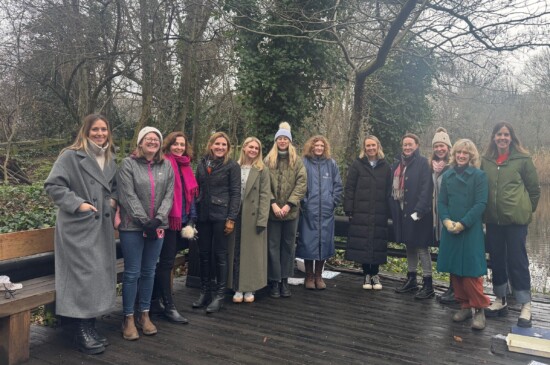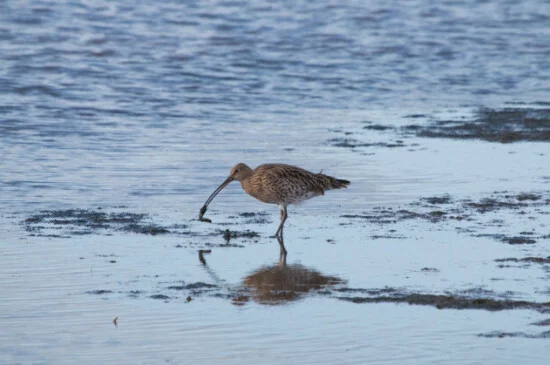
PWCF Research Fellows develop innovative pollinator tracking system
- Environment
Researchers at Oxford University have been supported by The Prince of Wales’s Charitable Fund to develop the world’s smallest radar ‘backpack’ tracking tag for pollinator insects and a computer model for predicting pollinator behaviour.

The Prince of Wales’s Charitable Fund (PWCF) awarded a major multi-year grant to Oxford University’s Plant Sciences in 2017, allowing Dr Tonya Lander to appoint two research fellows for her work in tracking pollinator movement in agricultural landscapes.
‘Over the past 50 years we’ve seen a dramatic decline in all insect numbers, but particularly bees and other wild pollinators,’ explains Prince of Wales’s Charitable Fund Fellow Dr Matthias Becher. This global decline of pollinators constitutes a serious threat to ecosystem function and human food security.
Dr Lander’s research uses insect tracking technologies – designing and attaching tiny trackers on insects (primarily bees) – to improve our understanding of the movement patterns of pollinators and how they behave in agricultural landscapes. The objective is to provide detailed guidance that will help agricultural landowners to protect pollinators, and enhance the important role they play in plants and cultivation.
To better understand the movement of pollinators and what factors influence their survival, one of The Prince of Wales’s Charitable Fund Fellows has developed the world’s smallest harmonic radar ‘backpack’ tags for insects. The tags are connected to a system of radar receivers carried on small drones, which track the insects’ movement across large landscapes.
The second Prince of Wales’s Charitable Fund Fellow is developing a pollinator behavioural model to determine what area and species of flowers are required to maintain healthy and diverse populations of wild pollinators inside UK farmland.
To learn more about the work of Oxford’s Department of Plant Sciences in reversing the decline of pollinators, read this article recently published by the university.
Photographer credit: John Cairns


